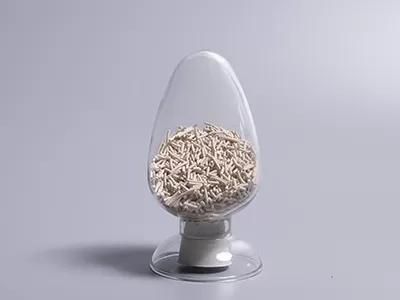Carbon molecular sieve enables nitrogen purification through pressure swing adsorption (PSA) by leveraging its selective adsorption properties. Under elevated pressure (typically 0.6–1.0 MPa), compressed air flows through the carbon molecular sieve packing. The sieve preferentially adsorbs smaller oxygen molecules, which have stronger affinity for its porous structure, while larger nitrogen molecules pass through with minimal adsorption.

This selective retention of oxygen allows high-purity nitrogen (up to 99.999%) to exit the system as product gas. Once the molecular sieve reaches adsorption saturation, the process shifts to depressurization. Reducing pressure weakens the sieve’s hold on adsorbed oxygen, which is then flushed out using a portion of the produced nitrogen, regenerating the packing for reuse.
The PSA cycle, lasting 60–120 seconds, alternates between adsorption and regeneration phases across twin towers. While one tower undergoes adsorption, the other regenerates, ensuring continuous nitrogen output. The carbon molecular sieve’s uniform pore size (around 0.3–0.5 nm) and surface chemistry are critical, as they dictate the efficiency of oxygen-nitrogen separation, making it a cornerstone of industrial nitrogen generation.

